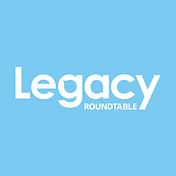
Legacy Roundtable
A practical resource sharing ideas, insights, and best practice for professionals working in UK legacy fundraising.
By subscribing, I agree to Substack’s Terms of Use and acknowledge its Information Collection Notice and Privacy Policy